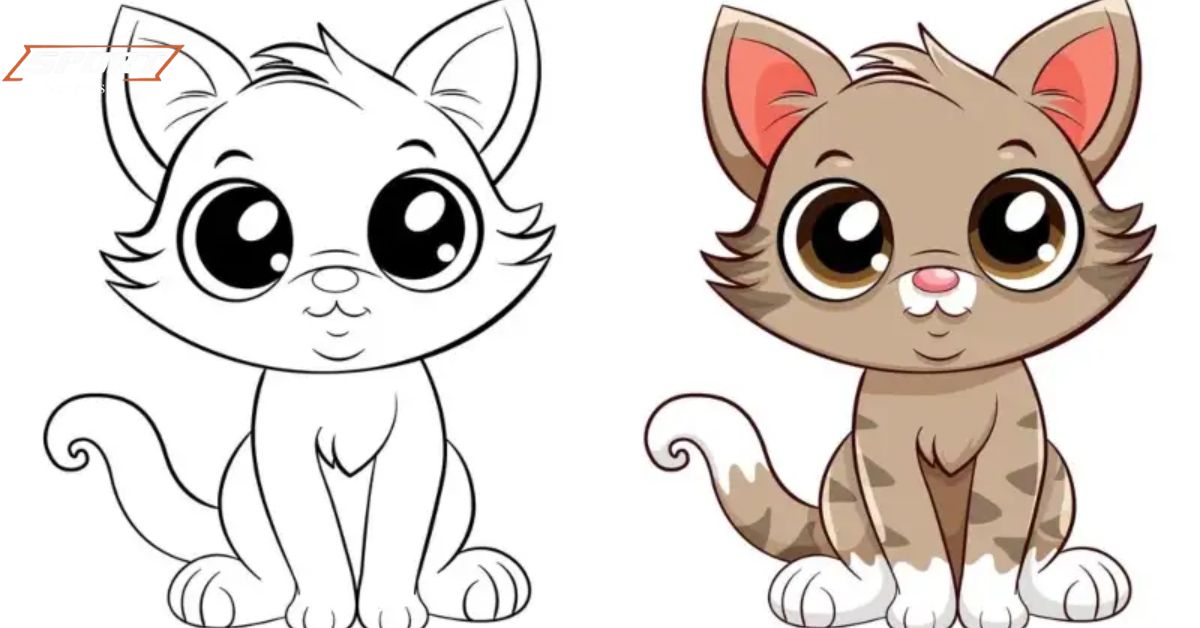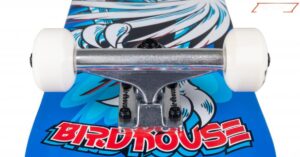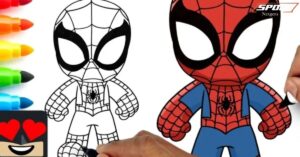Drawing:a4z_-ymtkr8= Cat is the art of capturing feline essence on paper. It involves understanding cat anatomy, mastering sketching techniques, and developing an eye for detail. This comprehensive guide covers everything from basic shapes to advanced shading, helping artists of all levels improve their cat drawing skills.
Imagine bringing a purring ball of fur to life with just your pencil and paper. Picture the satisfaction of capturing those mischievous eyes and whiskers perfectly. Drawing cats isn’t just an art form—it’s a journey into the heart of feline charm. Are you ready to unleash your inner cat artist?
In this guide, we’ll explore the world of cat drawing step by step. From understanding basic anatomy to adding personality to your sketches, we’ve got you covered. Whether you’re a beginner or an experienced artist, you’ll find valuable tips and techniques to enhance your cat drawings. Let’s dive in and discover the joy of creating feline masterpieces!
Understanding Cat Anatomy

Cat anatomy is the foundation of any great feline drawing. Understanding the skeletal structure and muscle groups is crucial for capturing realistic poses. Start by studying the basic proportions of a cat’s body, noting how the head, torso, and limbs relate to each other.
- Use simple shapes like circles and ovals
- upload strains for the legs and tail
- keep your initial comic strip mild and adjustable
Familiarize yourself with the unique features of feline anatomy, such as their flexible spine and retractable claws. Pay attention to the distinctive shapes of their ears, eyes, and tails. This knowledge will help you create more accurate and lifelike representations of cats in your artwork.
- Draw ears as triangles on the pinnacle
- add almond shaped eyes
- Use a triangle for the nostril and “W” for the mouth
- test proportions frequently
Initial Sketch and Refinement
Begin your cat drawing with simple shapes. Use circles for the head and body, and cylinders for the legs. These basic forms will serve as a foundation for your drawing. Keep your initial sketch light and loose, allowing for easy adjustments.
As you refine your sketch, add more detail to the basic shapes. Define the cat’s features, such as the ears, eyes, and nose. Pay attention to the proportions and positioning of these elements. Remember, it’s easier to make changes at this stage, so don’t be afraid to erase and redraw as needed.
Adding Facial Details and Texture
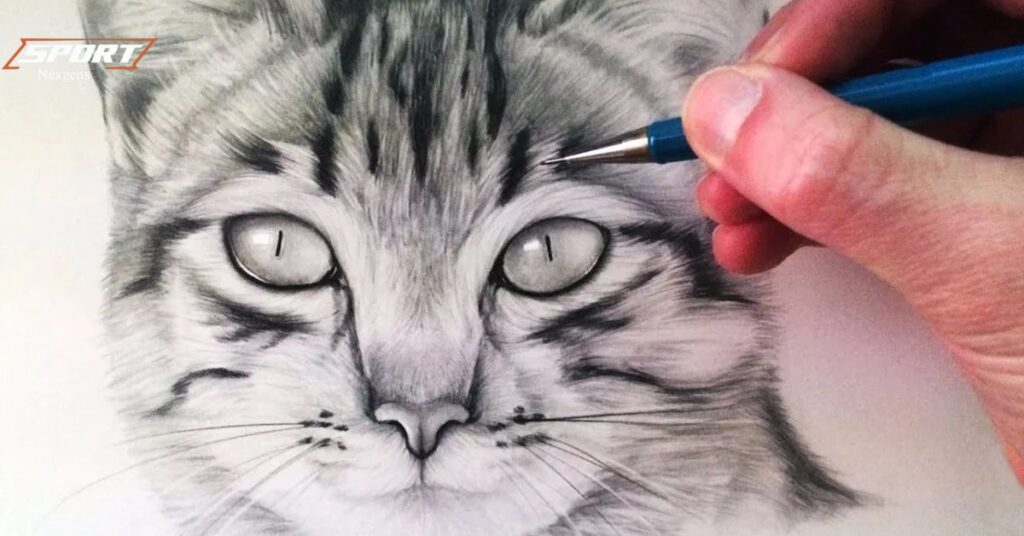
The face is crucial in capturing a cat’s personality. Focus on the eyes, which are often described as the windows to the soul. Draw them large and expressive, with detailed irises and pupils. Add the distinctive nose and mouth, paying attention to the unique curve of a cat’s lips.
To create the illusion of fur texture, use short, angled strokes that follow the natural growth pattern of a cat’s coat. Vary the pressure and direction of your strokes to create depth and volume. Pay special attention to areas where the fur changes direction, such as around the face and along the spine.
Read This Blog: Exploring The Best Pokémon Wallpapers: RSQ-SOPEHX4 Collection
Shading and Highlighting
Shading brings your cat drawing to life by adding depth and dimension. Start with light, even shading across the entire figure, then gradually build up darker areas to create form. Pay attention to how light falls on a cat’s body, creating shadows in the fur and under the belly.
Highlights are equally important in creating a realistic look. Use an eraser or white pencil to add bright spots in the eyes and on the fur where light would naturally reflect. These small details can make a big difference in the overall impact of your drawing.
Drawing Different Types of Cats
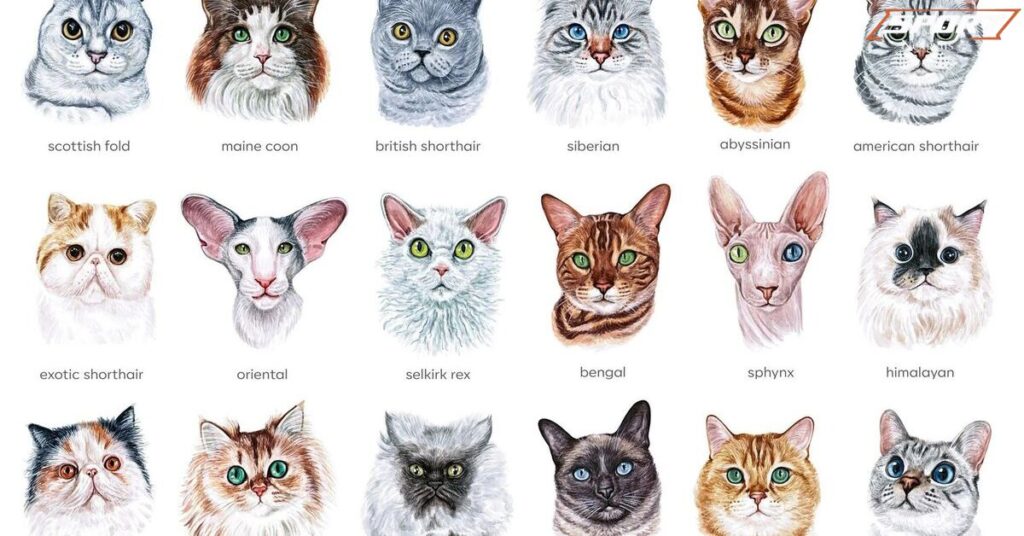
- Home Cats: capture the variety in breeds like Siamese, Persian, and Maine Coon. focus on their unique fur patterns and capabilities.
- Wild Cats: Draw huge cats like lions, tigers and leopards.Pay attention to their muscular bodies and exceptional markings.
- Kittens: comic strip playful kittens with spherical faces and big eyes.Their small proportions and playful poses upload attraction.
- Cartoon Cats: Create fun, exaggerated variations of cats.Use vibrant colours and playful expressions for a fantastic touch.
- Practical Cats: aim for reasonable information.Take a look at real cats to seize their anatomy, fur texture, and expressions as it should be.
- Stylized Cats: experiment with abstract shapes and colors. Use your imagination to create specific interpretations of cats.l
Creative Possibilities and Unique Features
Cats offer endless possibilities for creative expression. Experiment with different styles, from realistic renderings to cartoonish caricatures. Try exaggerating certain features, like making the eyes extra large or the ears particularly pointy, to create a unique look.
Consider exploring fantasy elements in your cat drawings. Imagine cats with wings, multiple tails, or even mythical cat-like creatures. The only limit is your imagination! Don’t be afraid to combine cat features with other animals or objects to create truly unique and whimsical artwork.
Final Touches
As you near completion of your cat drawing, focus on refining the details. Darken key lines to make certain features stand out. Add whiskers with light, delicate strokes. Enhance the texture of the fur by adding more layers of shading and highlights.
Step back and assess your work as a whole. Make any final adjustments to ensure balance and proportion. Consider adding small details like individual hairs or subtle color variations to bring your cat to life. Remember, sometimes the tiniest additions can make the biggest impact.
Tips for Capturing a Cat’s Personality
- Have a look at conduct: Spend time watching how the cat moves and interacts. observe their playful or cozy moments.
- Attention on Expressions: pay attention to their eyes and facial expressions. A curious cat might have wide eyes, while a sleepy cat looks relaxed.
- Highlight specific functions: capture exceptional traits, like a fluffy tail or particular markings. These info add man or woman.
- Use Dynamic Poses: Draw the cat in movement, like leaping or stretching.This indicates their playful aspect.
- Include Props: add toys or favorite spots, like a sunny window.This context exhibits more approximately their persona.
- Test with shades: Use hues that mirror their mood.Bright colours can show playfulness, even as softer tones can bring calmness.
Incorporating Background Elements
While the cat is the star of your drawing, background elements can enhance the overall composition. A simple indoor setting might include a cozy armchair or sunny windowsill. For outdoor scenes, consider adding grass, trees, or even a garden fence.
Be careful not to let background elements overpower your cat. Use lighter lines and less detail in the background to keep the focus on your feline subject. The background should complement the cat and provide context, without distracting from the main subject.
Using References and Inspiration
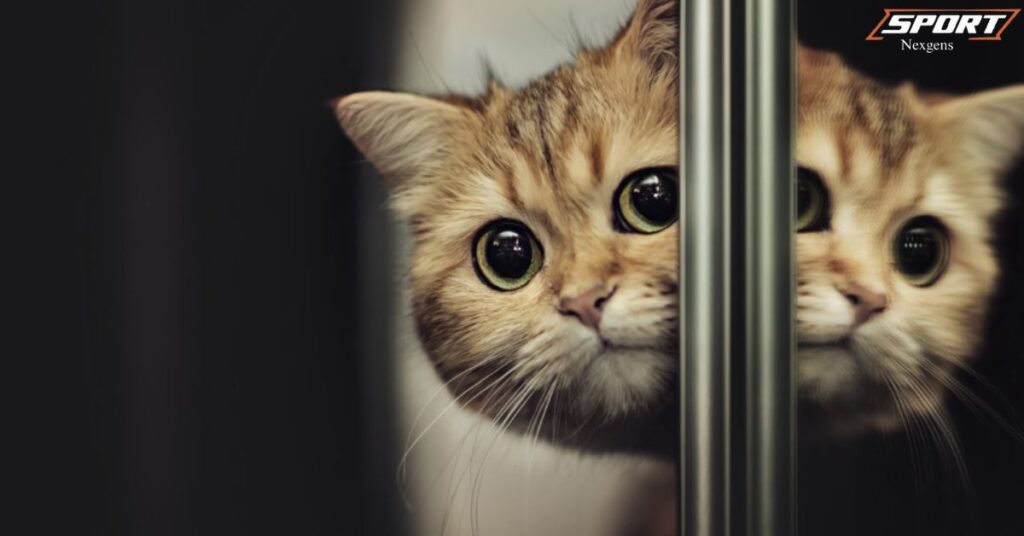
Reference photos are invaluable tools for improving your cat drawings. Use them to study anatomical details, fur patterns, and unique poses. However, don’t simply copy photos – use them as a guide to inform your creative interpretations.
Find inspiration in the work of other artists who specialize in cat drawings. Study their techniques for rendering fur, capturing expressions, and creating dynamic poses. Combine elements from different sources to develop your unique style of drawing cats.
Read This Blog: Exploring The Rich Heritage Of Egypt: A Journey Through Time
Troubleshooting Common Issues
If your cat’s proportions look off, double-check your initial sketch against reference photos. It’s common to accidentally elongate the body or make the head too small. Use measuring techniques, like comparing the size of the head to the body, to ensure accuracy.
Fur texture can be challenging to master. If your cat looks flat or unrealistic, try varying your pencil strokes more. Use shorter, overlapping lines in different directions to create a more natural fur appearance. Practice on scrap paper to develop your technique before applying it to your main drawing.
| Issue | Solution |
| Proportions look off | Double-check your initial sketches. Adjust as needed for accurate proportions. |
| Fur looks flat or unnatural | Vary your pencil strokes. Use short, overlapping strokes for a realistic effect. |
| Drawing looks stiff | Loosen up your grip and use your whole arm for more fluid lines. |
| Shading looks uneven | Practice blending with a stump or your finger for smooth transitions. |
| Eraser leaves marks | Use a kneaded eraser to lift graphite cleanly without damaging the paper. |
Practice and Patience
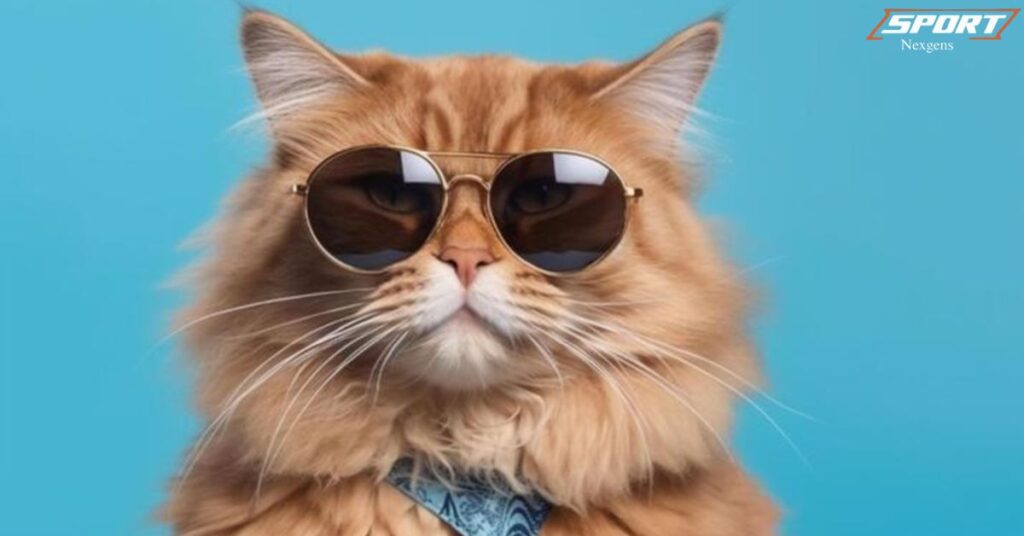
Improving your cat drawing skills takes time and dedication. Set aside regular practice sessions, even if it’s just for a few minutes each day. Try drawing cats in different poses, from various angles, to challenge yourself and expand your abilities.
Don’t get discouraged if your drawings don’t look perfect right away. Every artist starts somewhere, and improvement comes with practice. Keep your early drawings to track your progress over time. You’ll be amazed at how much you can improve with consistent effort and a willingness to learn.
How important is anatomy in drawing cats?
- Expertise anatomy is crucial for drawing cats correctly and realistically
- Knowing the skeletal shape and muscle organizations allows capture the cat’s shape and proportions
- Reading the anatomy permits you to depict the cat’s actions and poses extra convincingly
- Familiarity with the anatomy makes it easier to attract cats from exceptional angles and views
- Anatomical expertise helps you create more real looking facial capabilities and expressions
- Studying anatomy gives you a sturdy foundation to attract diverse cat breeds and frame sorts
- Making use of anatomical standards results in greater natural-searching shading and textures
- Anatomical understanding is key for drawing cats in dynamic movement poses
- Getting to know cat anatomy permits you to draw cats from memory or creativeness greater efficiently
- Analyzing anatomy makes the drawing system easier and more efficient ultimately
FAQ’s
Do I need to use reference photos?
Yes, reference photos are highly recommended, especially for beginners. They help you understand cat anatomy, poses, and details you might otherwise miss.
How do I draw a cat’s face?
Start with basic shapes for the head and features, then refine them. Pay special attention to the large, expressive eyes and the distinctive shape of the nose and mouth.
What are some common cat poses to practice?
Try drawing cats sitting, stretching, sleeping, and playing. These poses will help you understand how a cat’s body moves and flexes.
How can I capture a cat’s personality in my drawing?
Observe real cats and focus on their expressions and body language. Incorporate props or settings that reflect the cat’s character.
Is it better to draw cats from life or photos?
Both have advantages. Drawing from life helps you capture movement and personality, while photos allow you to study details at your own pace.
Final Thought
Drawing cats can be a rewarding and enjoyable experience for artists of all skill levels. By understanding cat anatomy, practicing basic techniques, and infusing your work with personality, you can create captivating feline artwork.
Remember to be patient with yourself and enjoy the process of improvement. Whether you’re drawing a playful kitten or a majestic tiger, the key is to observe, practice, and let your creativity shine through. With time and dedication, you’ll develop your own unique style of bringing cats to life on paper.

Our celebrity-focused website offers readers an insider’s view into the glamorous world of stars. We deliver breaking news, exclusive interviews, and behind-the-scenes gossip. From red carpet events to personal milestones, we cover it all. Join us for daily updates on your favorite celebrities’ lives, careers, and controversies.
